VOCs treatment catalyst (Pt and Pd )
The VOCs treatment catalyst has two core active components, platinum (Pt) and copper (Cu), and its carrier is cordierite honeycomb ceramic. This unique combination gives the catalyst a yellow honeycomb like appearance. In terms of size, we offer standard sizes of 100/100/50mm and can also customize according to specific customer needs.
Of particular note, the VOCs treatment catalyst produced by Hunan Xintan cleverly incorporates rare earth materials during the preparation process. This innovative process not only significantly enhances the structural stability of the catalyst, but also greatly improves the adhesion of the surface active coating, ensuring that it is not easily peeled off during long-term use.
In terms of performance, this catalyst exhibits excellent catalytic activity, excellent high-temperature resistance, and efficient purification ability. What’s even more impressive is that its ignition temperature is extremely low, which means it can be started and put into the treatment of VOCs gas faster in practical applications.
In addition, this catalyst exhibits excellent performance in the treatment of conventional VOCs gases, especially in the treatment of benzene derivatives. Therefore, it is widely used in CO and RCO devices and has become an ideal choice for waste gas treatment industries such as spraying, printing, fiberglass, ultraviolet coatings, pharmaceuticals, chemicals, petrochemicals, enameled wires, etc.
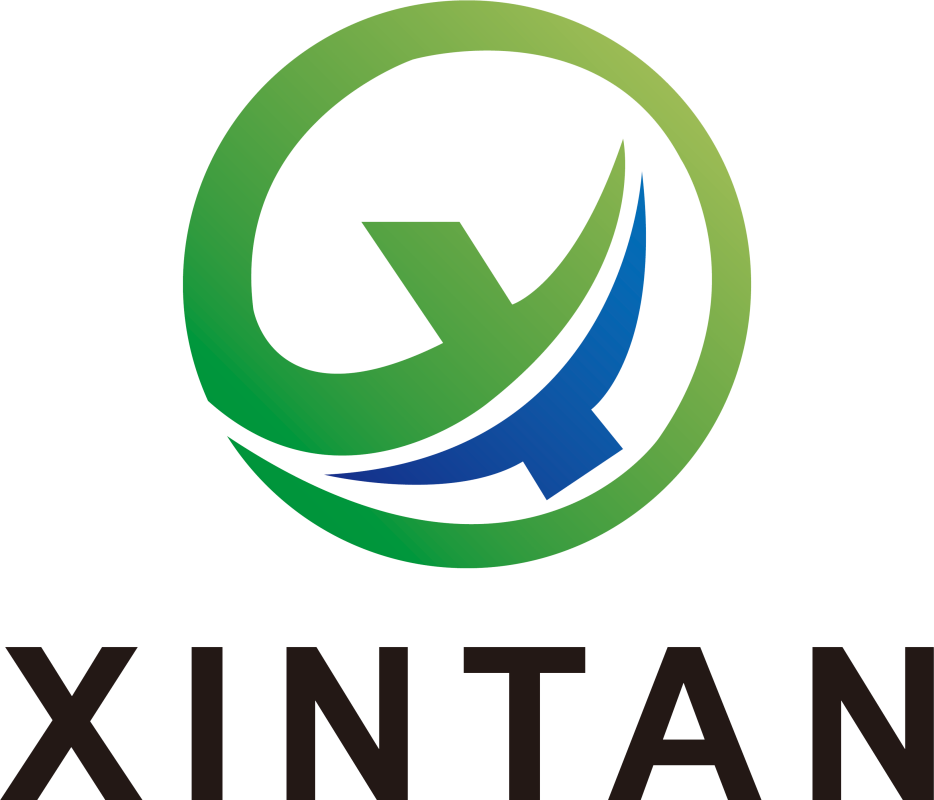
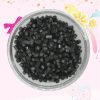
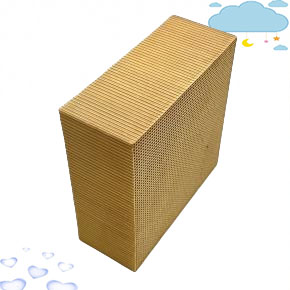

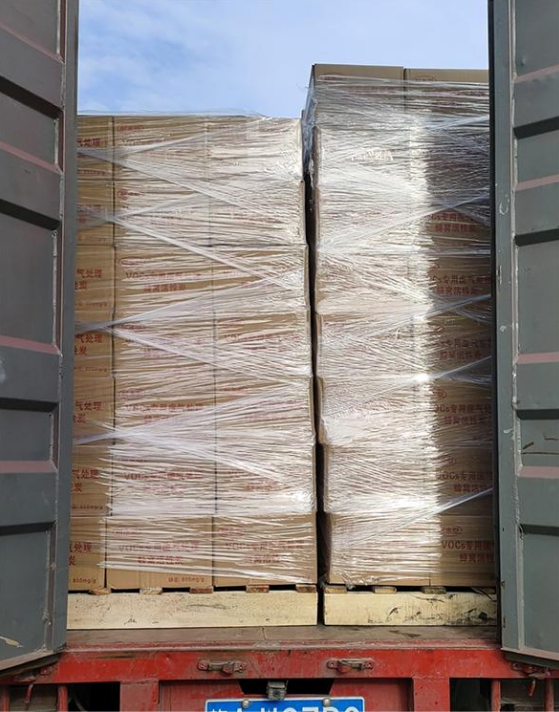
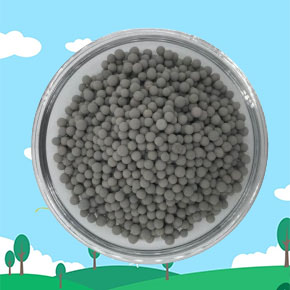
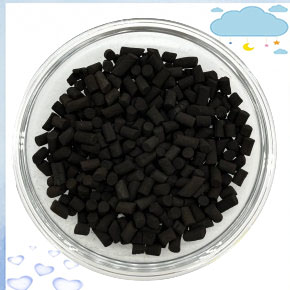
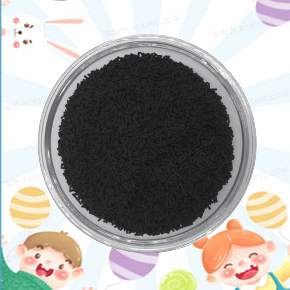
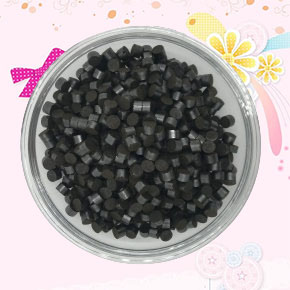

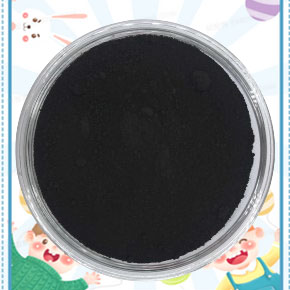

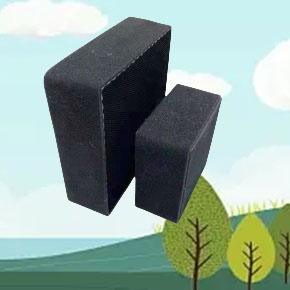
Reviews
There are no reviews yet.